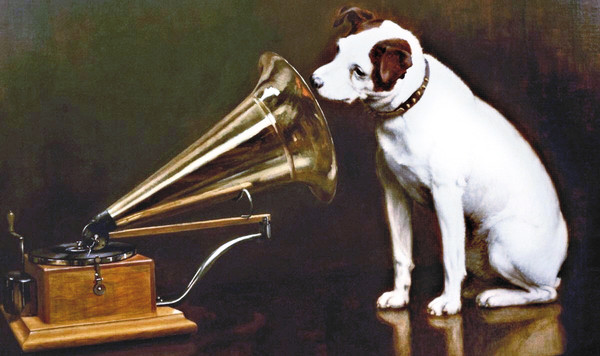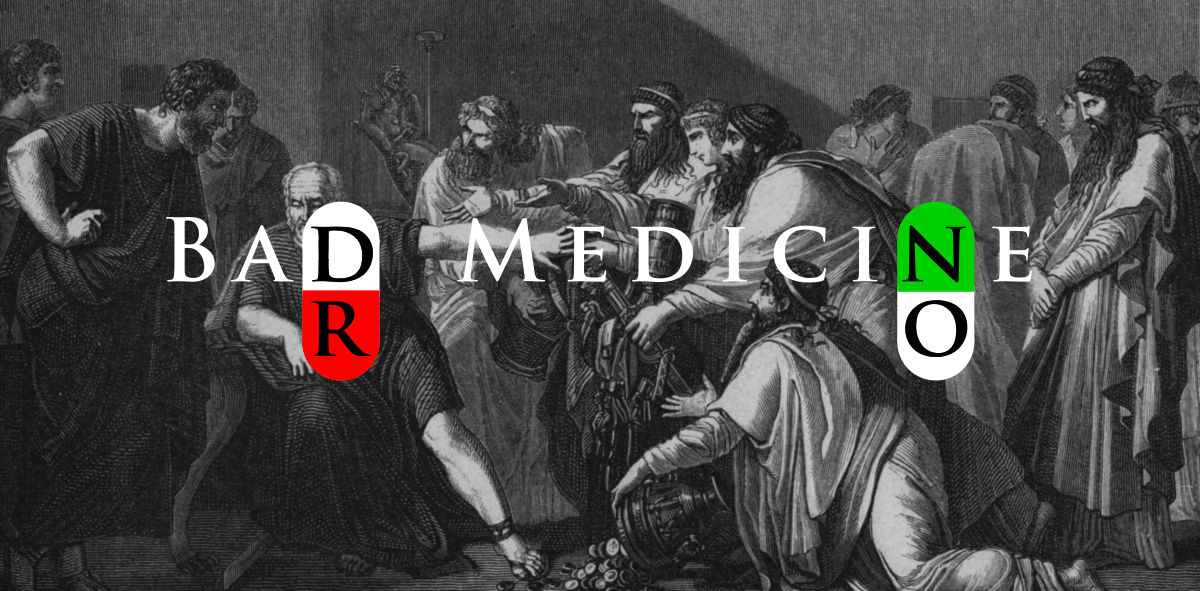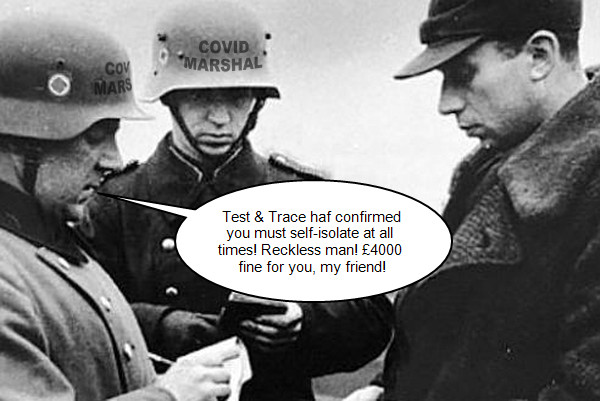
One of the most exciting and at the same time frightening developments of recent years has been our ability to collect and analyse vast amounts of data. Something of the sort has always been possible, but it was only with the arrival of cheap personal computers that ologies like epidemiology have been able to move from pencilled clustered tally marks ‘ ‘ analysed with back of the envelop chi-squared tests via the hidden 1s and 0s of computers to massive data sets probed in ways quite unfathomable even only a few decades ago. Back in 1982, the year Dr No qualified, no one had heard of logistic regression or data modelling. Google’s Ngram Viewer — itself a wonderful example of data collection and analysis — shows that both logistic regression and data modelling took off in the mid nineteen eighties. Add the discrete citizen surveillance device more commonly known as the smart phone, and the explosion in social media use, which have together enabled the collection of personal data on a huge scale, and we now find ourselves living in a world where data is everything, and everything is data; a world in which once unique individuals have become transformed into numbers, to be probed, analysed and described at will, not as individuals, but as data.









